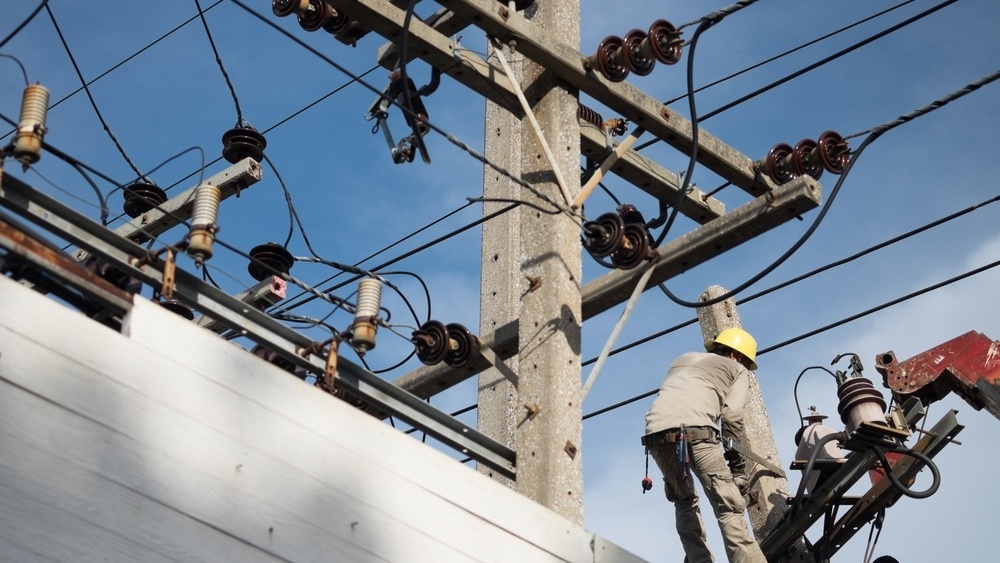
Growing grid threats from increasing energy demands, energy-intensive devices and extreme weather conditions increase grid companies’ power outage risks. New, “smart” technology, however, can dramatically off-set outage risks and cut outage costs.
Utilities are heading into the digital age at full speed as new technology is being deployed across infrastructure operations. Outage management is no exception. According to Accenture, 85 percent of survey respondents expect smart technology solutions to be part of their outage management solution by 2020. Many solutions are already available and are creating vast new opportunities for efficient outage management processes. Here are a couple of examples.
Extreme Weather and Power Outage Risks
Extreme weather is a considerable cause of grid disturbances and a source of high outage costs. In 2011, for instance, the Massachusetts Department of Public Utilities imposed a $24.8 million penalty on the state’s utilities after parts of New England were struck by a tropical storm and a subsequent snowstorm. The reason for the penalty was the utility’s failure to restore electricity within a reasonable amount of time.
Combined with regulatory penalties, direct revenue losses as well as damaged component repair or replacement all add up to hefty costs. A factor critical to minimizing outage costs is swift identification of outage cause. Typically, utilities dispatch grid operators or helicopters to search for and identify the fault, which is itself time-consuming and costly. Deploying an intelligent drone is much more efficient.
Read also our guide to efficient power grid operations for the digital age.
Intelligent Drones for Outage Management
Drones are not new to utility infrastructure operations. Several utilities have used drones as part of their inspection work since 2015. What is new, however, is the addition of artificial intelligence (AI) capabilities to drones.
After hurricane “Irma” ravaged large parts of Florida, intelligent drones were central in identifying grid faults and restoring electricity. A mobile operation center, “Thundercloud”, was driven into the impacted, and often hazardous, areas. From the operation center, outfitted with AI, intelligent drones took off flying along grid lines gathering data and analyzing it in real-time.
These intelligent drones, with built-in data analysis and the ability to predict future events, provide utilities with far more efficient line inspection methods and, consequently, far more efficient response times. In fact, armed with big data capabilities, sophisticated algorithms and unlimited computing power, these flying sensor packages have the potential to cut power outage down-times and cost almost in half.
Integrating Transport to Solve Capacity Challenges and Reduce Power Outages
Extreme weather isn’t the only challenge for utilities. The increasing number of electric vehicles (EVs) also raises issues. As Forbes recently reported, unmanaged EV charging will cause severe demand spikes, stressing an already strained grid. The traditional solution to such grid problems is investing in grid reinforcements. Here in Norway, for instance, utilities are facing investments of close to 140 billion Norwegian kroner within 2025 to accommodate new consumption patterns, increased use of renewables, and widespread use of energy intensive devices – such as EVs.
As smart home technology, wireless management of heating sources, and online EV charging stations become more widespread, however, the availability of end-user flexibility also increases. End-user flexibility from both private and industrial consumers can and should be incorporated into future-enabled grid management systems. With smart load management systems, you can turn what looks like a grid challenge into a grid optimization tool. EV charging infrastructure is the perfect tool for optimizing grid loads due to its inherent flexibility. eSmart Systems has already enabled load management for utilities through their own management systems as part of the EU-project EMPOWER. You can read more about the project here. Tapping increasing end-user flexibility, which cuts grid overload and enables quicker, safer restoration in the case of component failure, is vital.
The project ChargeFlex has given rise to eSmart System’s functionality for intelligent load management in EV charging infrastructure and its efficient integration into the energy infrastructure as a whole. Read more about the project here.
New Technology, New Opportunities
Many of tomorrow’s challenges are already here today, but, so are the solutions. Intelligent drones and demand response are key, cutting-edge solutions to growing outage risks. Combined, they can dramatically lower the risk of blackouts and cut outage costs. I hope this short article has given you an idea of how it can be done.
Reduced outage time and costs are just two of many benefits that follow from increasingly digitized infrastructure operations. Technology development is creating many opportunities for utilities. I urge you to read more in our e-book “Next Gen Utility Infrastructure” to discover other paths available today and tomorrow for progressive utilities.




.png?width=250&height=64&name=Grid%20Vision%20logo(250%20x%2064%20px).png)